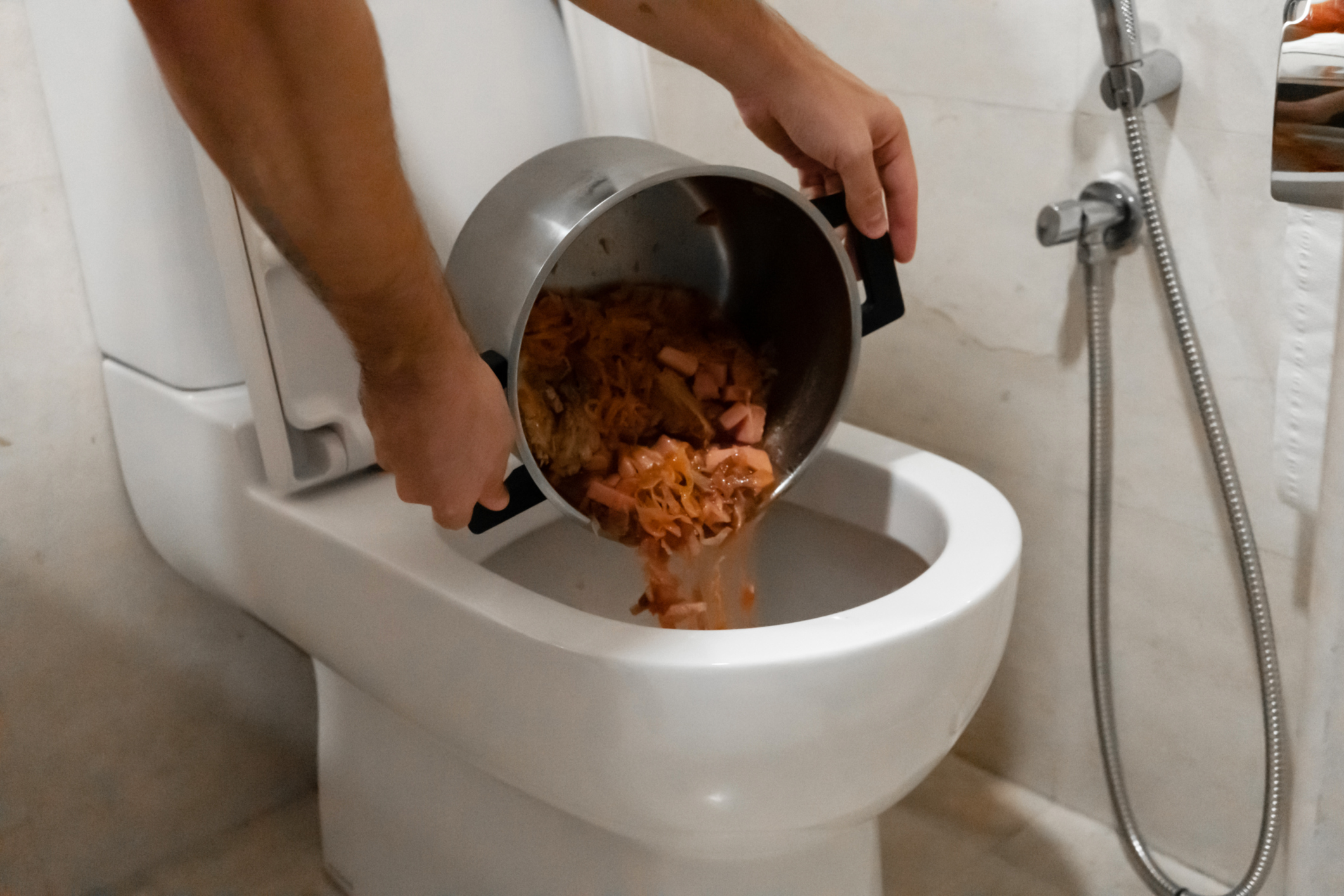Are You Able to Dispose of Food in the Toilet?
Are You Able to Dispose of Food in the Toilet?
Blog Article
This article which follows relating to Is it safe to flush food (especially rice) down the toilet? is quite entertaining. Read on and make your own results.

Introduction
Many people are typically confronted with the issue of what to do with food waste, particularly when it pertains to leftovers or scraps. One typical concern that arises is whether it's okay to purge food down the bathroom. In this article, we'll look into the reasons individuals may take into consideration flushing food, the consequences of doing so, and alternate methods for appropriate disposal.
Reasons that individuals might think about purging food
Absence of awareness
Some individuals may not know the possible injury brought on by purging food down the toilet. They might erroneously believe that it's a safe technique.
Comfort
Purging food down the bathroom may feel like a fast and easy option to throwing away unwanted scraps, particularly when there's no neighboring trash bin available.
Idleness
Sometimes, people might simply pick to flush food out of sheer idleness, without thinking about the consequences of their actions.
Repercussions of flushing food down the toilet
Ecological influence
Food waste that winds up in rivers can contribute to contamination and injury marine ecological communities. Additionally, the water utilized to flush food can strain water resources.
Plumbing concerns
Purging food can bring about clogged up pipes and drains, creating expensive plumbing repair work and inconveniences.
Sorts of food that must not be flushed
Fibrous foods
Foods with coarse textures such as celery or corn husks can get entangled in pipes and create obstructions.
Starchy foods
Starchy foods like pasta and rice can take in water and swell, resulting in clogs in pipes.
Oils and fats
Greasy foods like bacon or food preparation oils ought to never ever be flushed down the bathroom as they can strengthen and create obstructions.
Correct disposal approaches for food waste
Using a waste disposal unit
For homes geared up with waste disposal unit, food scraps can be ground up and purged via the pipes system. Nonetheless, not all foods appropriate for disposal in this fashion.
Recycling
Particular food product packaging products can be reused, decreasing waste and reducing ecological influence.
Composting
Composting is an environment-friendly means to take care of food waste. Organic materials can be composted and used to enrich dirt for horticulture.
The importance of proper waste monitoring
Lowering environmental harm
Appropriate waste management techniques, such as composting and recycling, assistance minimize contamination and preserve natural resources for future generations.
Protecting plumbing systems
By preventing the practice of flushing food down the toilet, home owners can stop pricey pipes fixings and maintain the integrity of their pipes systems.
Conclusion
In conclusion, while it may be tempting to purge food down the commode for ease, it is essential to understand the potential effects of this activity. By adopting correct waste management practices and taking care of food waste sensibly, people can add to healthier plumbing systems and a cleaner atmosphere for all.
FLUSH FOOD DOWN THE TOILET?
FLUSHING FOOD CAN CAUSE BLOCKED DRAINS IN YOUR HOME
All of the plumbing fixtures in your home are connected to the same sewer pipe outside of your home. This outdoor sewer pipe is responsible for transporting all the wastewater from your home to the Council sewer mains. Even small pieces of food that go down the kitchen sink can cause problems for your sewer. It should therefore be obvious that flushing larger bits of food, such as meat, risks a clog in either the toilet itself or the sewer pipes. Flushing greasy food is even more problematic because oil coagulates when it cools, coating the interior lining of your pipes.
THE TOILET IS NOT A BIN
Food isn’t the only thing that people shouldn’t be flushing down the toilet. People use the toilet to dispose of all kinds of things such as tampons, makeup wipes, dental floss, kitty litter and even underwear. Water goes to great lengths to educate residents about the high costs and stress placed on wastewater treatment systems simply from people flushing the wrong stuff down the toilet. It costs taxpayers millions of dollars each year, and homeowners thousands in blocked drain repairs.
FLUSHING FOOD IS A WASTE OF WATER
Flushing food is a waste of our most precious resource - water. In June this year Level 1 water restrictions were introduced to protect water supply from drought conditions. Much of New South Wales continues to be affected by prolonged drought with recent figures revealing up to 97 per cent of the state remains in drought. Depending on whether you have a single or dual flush toilet, every single flush uses between five and 11 litres of water. In the current climate this is a huge amount of water to be wasting on flushing food that should be placed in the bin (or better yet, the compost).
https://www.jabplumbingsolutions.com.au/blog/can-you-flush-food-down-the-toilet

I'm certainly very curious about What Can Happen If You Flush Food Down the Toilet? and I really hope you liked the piece. Sharing is nice. You never know, you could be helping someone out. Bless you for being here. Return soon.
Check Us Out Report this page